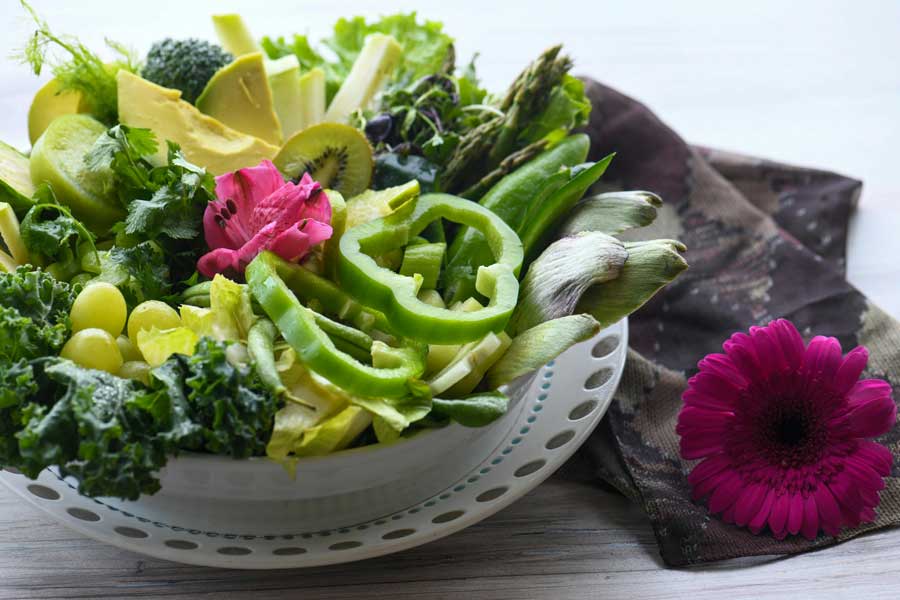As we step into spring, many of us feel the urge to declutter and refresh our homes—but have you ever considered doing the same for your body? Last week, we explored the hidden links between oral health, sleep, and systemic inflammation. One key takeaway? Toxins, from fluoride to microbial imbalances, can silently contribute to poor health.
Now, let’s take that idea further. Every day, we’re exposed to environmental toxins—from pollution and pesticides to heavy metals and synthetic chemicals. When these accumulate faster than the body can eliminate them, they can contribute to fatigue, brain fog, hormone imbalances, and even chronic disease.
But the good news? Your body has powerful built-in detoxification systems—especially the liver. This week, we’ll take a closer look at the science of detoxification, how to recognise when your body is overloaded, and how to support your liver naturally.
Are You Overloaded? Signs Your Body Needs a Detox
When detoxification slows down, the body starts sending signals. Fatigue and brain fog are common, as the buildup of metabolic waste can make it harder to stay energised and focused. Many people also experience digestive issues like bloating or sluggish digestion, which can point to poor bile flow—a key factor in toxin elimination. The skin is another major detox organ, so breakouts, rashes, or dullness may indicate that the liver isn’t processing toxins efficiently.
Hormonal imbalances can also be linked to detoxification, as the liver plays a critical role in breaking down excess hormones like oestrogen. Symptoms such as PMS, heavy periods, or low libido may be signs that this process is sluggish. Interestingly, waking up frequently between 1-3 AM—a time associated with liver function in Traditional Chinese Medicine—can also point to detox overload. Even oral health can reveal underlying issues, with persistent bad breath and a coated tongue often connected to gut and liver toxicity.
If these signs sound familiar, supporting natural detox pathways could make a noticeable difference.
How to Support Your Liver Naturally
The liver detoxifies in two crucial stages: Phase 1 (activation) and Phase 2 (neutralisation and elimination). Understanding these processes helps explain why some detox strategies work better than others.
Phase 1: Breaking Down Toxins
In Phase 1, the liver uses enzymes (mainly cytochrome P450) to transform toxins into intermediate compounds. These byproducts can be highly reactive—sometimes even more harmful than the original toxins—if they aren’t efficiently neutralised. For this reason, supporting Phase 1 alone without addressing Phase 2 can actually increase oxidative stress.
Key nutrients that fuel Phase 1 include B vitamins (B2, B3, B6, B9, B12), which act as cofactors for detox enzymes. Antioxidants like vitamin C, vitamin E, and polyphenols from curcumin, grapeseed extract, resveratrol and so on help counteract free radicals generated in this process, while flavonoids from berries, citrus, and green tea provide additional protection for liver cells. Without adequate antioxidant support, toxins can remain in a highly reactive state, increasing inflammation rather than clearing from the body.
Phase 2: Neutralising & Eliminating Toxins
Once toxins are activated in Phase 1, Phase 2 ensures they are properly neutralised and eliminated. This process relies on several key pathways, including glutathione conjugation, methylation, sulfation, and glucuronidation, all of which require specific nutrients to function optimally.
N-Acetyl Cysteine (NAC) and glutathione are among the most critical compounds for Phase 2, as they help neutralise toxins and protect against oxidative stress. Sulfur-rich foods like garlic, onions, and cruciferous vegetables support sulfation, a key detox pathway for heavy metals and environmental toxins. Magnesium, along with methylation nutrients such as B6, B9, B12, and choline, plays a vital role in converting toxins into a form that can be safely excreted. In addition, milk thistle and dandelion root stimulate bile flow, ensuring that toxins move efficiently through the digestive system rather than recirculating.
To maintain a healthy balance between these phases, it’s important to support both activation and elimination. If Phase 1 is overactive while Phase 2 is sluggish, toxic intermediates can build up, increasing inflammation. Conversely, if Phase 1 is slow, the body may struggle to break down toxins in the first place.
Final Thoughts
A sluggish detox system can show up in surprising ways, from brain fog and fatigue to hormonal imbalances and skin issues. Optimising detoxification isn’t about quick fixes or extreme cleanses—it’s about supporting natural pathways daily with the right nutrients, lifestyle habits, and liver-supporting compounds.
This spring, think of detoxification as “Spring Cleaning for Your Body”—removing the metabolic clutter that may be holding you back.
Want to dive deeper? Explore the benefits of a detox in our blog here




